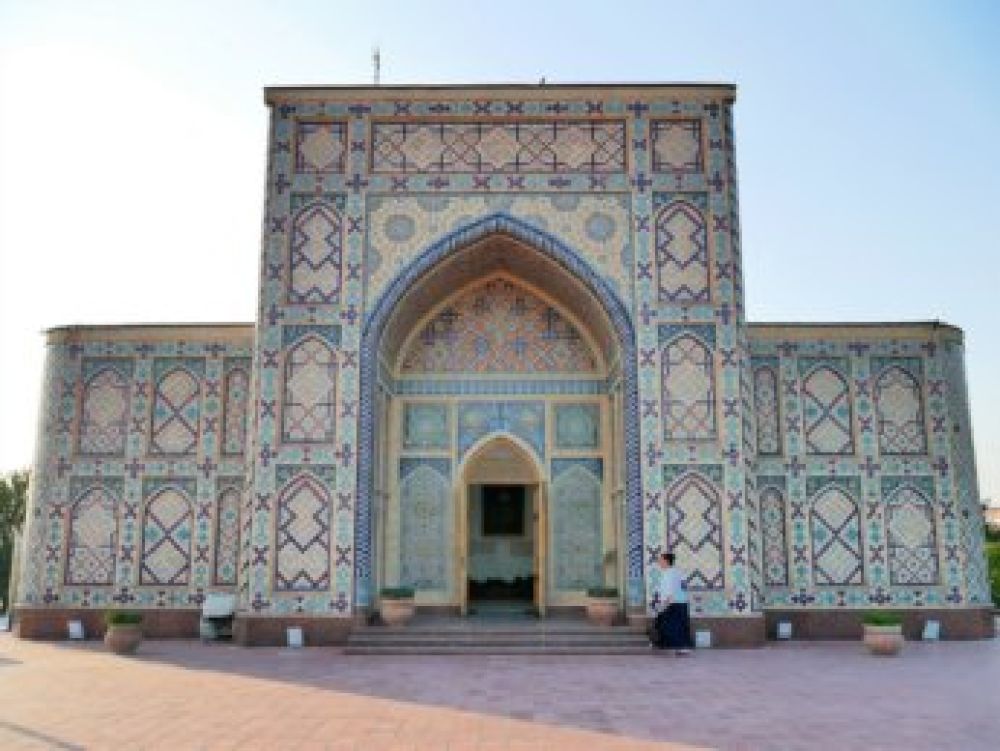

The city of Samarkand, a crossroad of cultures and a center of historical significance, has long fascinated travelers and scholars alike. The ancient city lays claim to one of its most remarkable treasures, the Ulugh Beg Observatory, an emblem of the astronomical prowess and scholarly tradition that thrived in this region.
The Ulugh Beg Observatory was constructed in the 1420s under the auspices of the Timurid ruler, Ulugh Beg, who was not only a formidable conqueror but also an ardent patron of the sciences. This observatory is one of the finest examples of Islamic astronomy's golden age. It played a crucial role in the development of astronomical knowledge and served as a focal point for scholars from across the Islamic world and beyond.
Unfortunately, the observatory's original structure was destroyed by religious fanatics not long after Ulugh Beg's death. Much of its grandeur and the genius of its design lay forgotten until Soviet archaeologists rediscovered it in the early 20th century.
Tourism at the Ulugh Beg Observatory began to gain momentum once the site was excavated and restored. The significance of the observatory as a scientific marvel of its time was recognized both by the then-Soviet authorities and the international scholarly community. As the cultural and historical worth of Samarkand itself became more globally acknowledged, particularly after it was inscribed on the UNESCO World Heritage List in 2001, the Ulugh Beg Observatory emerged as a must-visit destination for history buffs, astronomers, and travelers alike.
In recent years, Uzbekistan has been experiencing a surge in tourism, thanks in part to progressive policies aimed at opening up the country to international visitors, including visa facilitation measures. The latest trends in tourism in Samarkand, and by extension, the Ulugh Beg Observatory, include:
Today, the Ulugh Beg Observatory continues to draw visitors not only as a site of great historical importance but also as a testament to the human spirit’s quest for knowledge. Its story, from the heights of scientific achievement to oblivion and back again, remains one of the most compelling narratives for tourists in Uzbekistan.